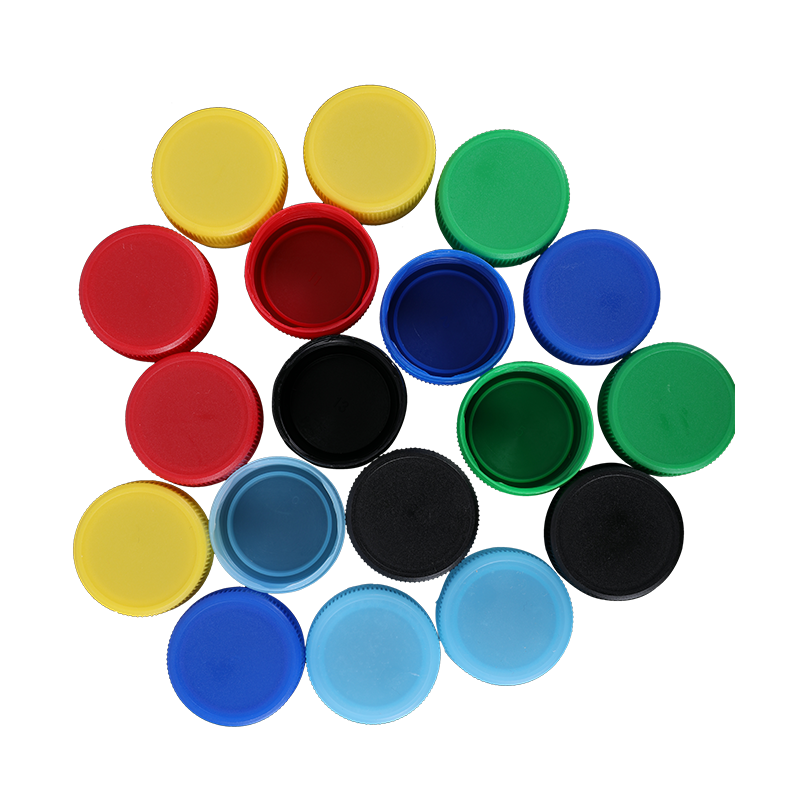The plastic bottles market is expected to grow in the future due to increasing demand for ready-to-drink beverages and increased awareness of using sustainable products. It also benefits from government rules and regulations that are driving the use of recycled plastics which are becoming more popular among consumers.
Various types of plastic bottles are available in the market, including polyethylene terephthalate (PET), high-density polyethylene (HDPE), low-density polyethylene (LDPE), polypropylene (PP), and others. Each of these types has its own chemical compatibility, temperature rating, impact resistance, and other characteristics.

PET is a thermoplastic material that can be opaque or transparent depending on the exact composition of its raw materials. It is the most common type of plastic bottle used in the beverage industry today.
HDPE is a sturdy, rigid resin that offers excellent stress or crack resistance as well as high tensile strength and moisture barrier properties. It is primarily used for containers in the food, beverage, pharmaceutical, and consumer goods industries.
LDPE is a squeezable resin that is primarily used for containers in the food, pharmaceutical, and personal care industries. It is characterized by its superior working temperature and high tensile strength.
Polypropylene is a low-density polymer that is generally opaque, but it can be made transparent for see-through uses. It is a good choice for extrusion and injection molding applications because of its low viscosity at melt temperatures.
In addition to the traditional packaging material options, glass is being used more frequently in packaging as it offers inertness and impermeability ideal for sensitive products in the pharmaceutical or personal care industries as well as liquids that store for long periods of time such as spirits and other alcoholic beverages. It also does not warp under pasteurization.